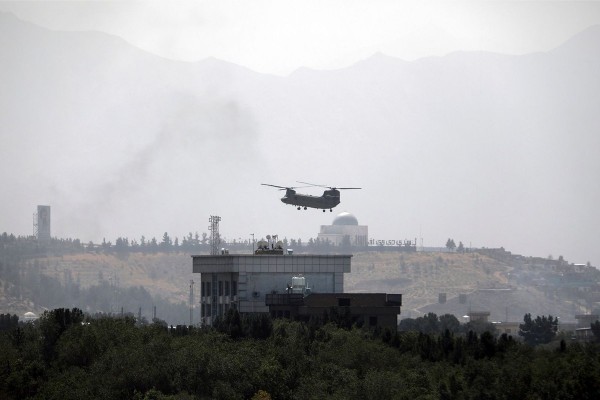Tiina Soosalu, Eesti Pank, Payment and Settlement Systems Department, 26.10.2016
• Like those in the Nordic countries, payments in Estonia are mainly cashless
• The largest share of cashless payments around the world are card payments
• Cashless payments initiated in the USA and the euro area account for half of the cashless payments made around the world
Statistics from the European Central Bank on cashless payments show 220 cashless payments were made per person in the European Union in 2015. This is more than twice as many as in 2000, when 98 cashless payments were made per person. The fastest growth was in the number of card payments, which has approximately quadrupled in 15 years, as an average of 104 card payments are made per person in the European Union.
The differences between the payment habits of residents of different European Union countries are quite marked, and the Nordic countries stand out for their large number of cashless payments. Estonia is also one of those countries where residents make more than 300 cashless payments a year. Although the payment habits of residents of Estonia are already quite set, there were still 6% more cashless payments made in the third quarter of 2016 than in the third quarter of 2015. The average Estonian resident makes 331 cashless payments a year, of which 223, or 66%, are card payments.
In countries where cashless payments are used more, it is typical that card payments are a large share of the payments. More than 60% of cashless payments in Sweden, Finland, the United Kingdom and Estonia are made by bank card, while in Denmark 81% of cashless payments are card payments. Card payments accounted for an average of 47% of all cashless payments in the European Union in 2015, while 26% were credit transfers and 21% were direct debits1. As some large countries like France, Italy and Portugal still use cheques, payments by cheque account for 2.9% of all cashless payments. In 2000 cheques were still used for an average of 18.7% of all cashless payments in the European Union countries.
Paying in cash is so established in many countries in central and Eastern Europe that cashless payments are made only a fraction as often as in the northern countries. In general the changes in payments around the world have been the same as in Europe, and the number of cashless payments is increasing constantly. Within this, the number of card payments is rising and the share of cheques is shrinking. In 2014, 387 billion cashless payments were made around the globe, which was 9% more than a year previously2. The largest share of such payments were made in the USA, followed by the euro area, Brazil, China and the United Kingdom. The number of cashless payment made in China shot up during that year and China overtook the United Kingdom, though payments per resident are still lower in China at 17 per year than in the countries in Europe with the lowest figures.
The countries with the most cashless payments per resident in 2014 were the USA, Finland, the Netherlands, South Korea and Australia. More than half of all cashless payments around the world are made by card, and other areas of the world use cards even more than Europeans. In North America for example, 71% of cashless payments were card payments in 2014, and in the developing countries of Asia, like China, India and Hong Kong, 84% were.
Comparable data on all countries are from 2014: https://www.worldpaymentsrepor.... This is why the comparison of countries uses 2014 data.
Eesti Pank will publish its next statement on payments on 25 January 2017.
Estonia stands out in Europe and the wider world for its use of cashless payments
Rahvusvahelised uudised | 27 Oct 2016 | EWR
Rahvusvahelised uudised
TRENDING
























